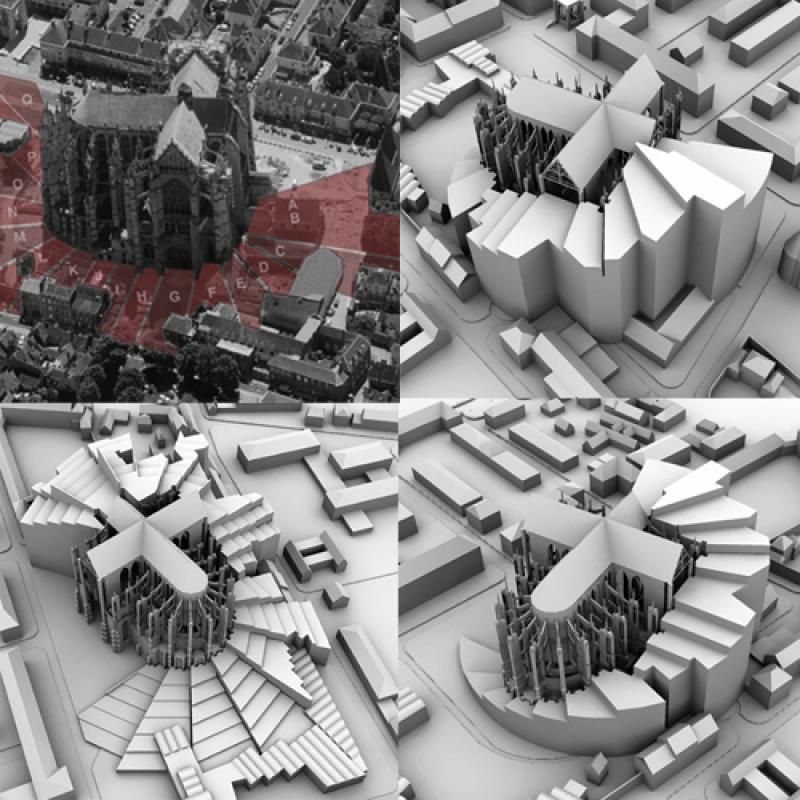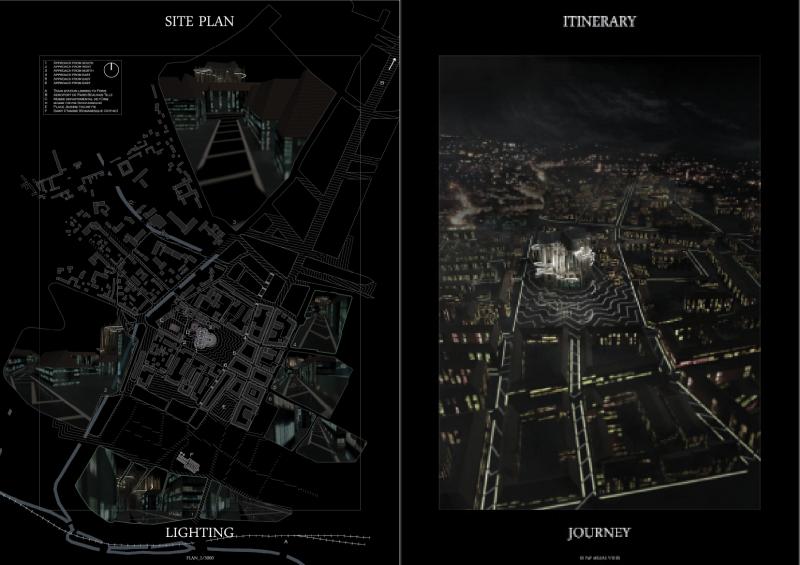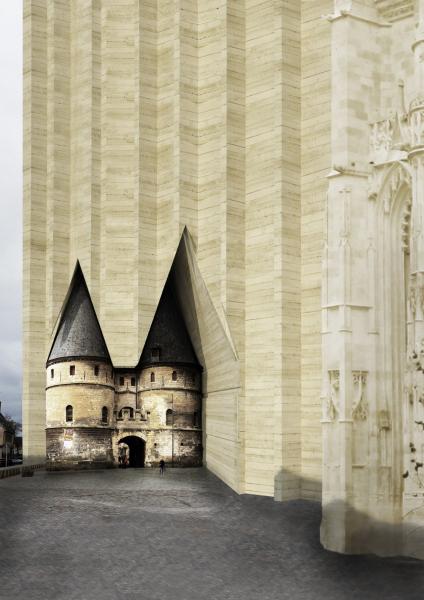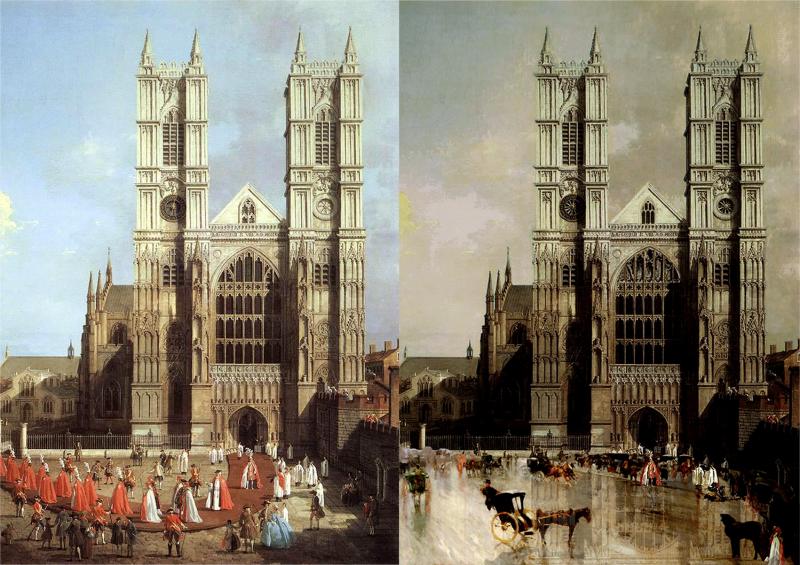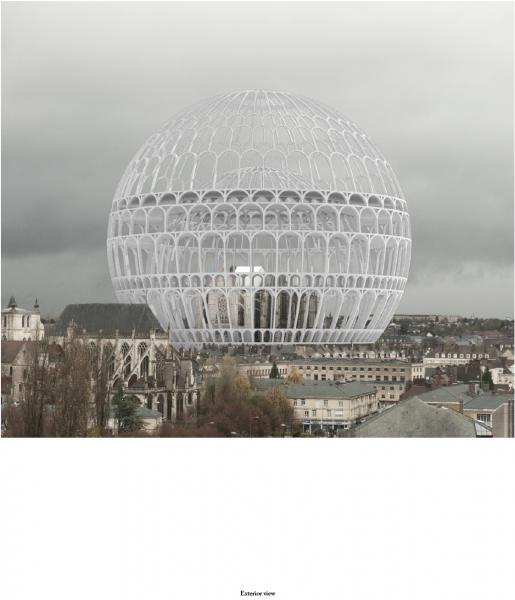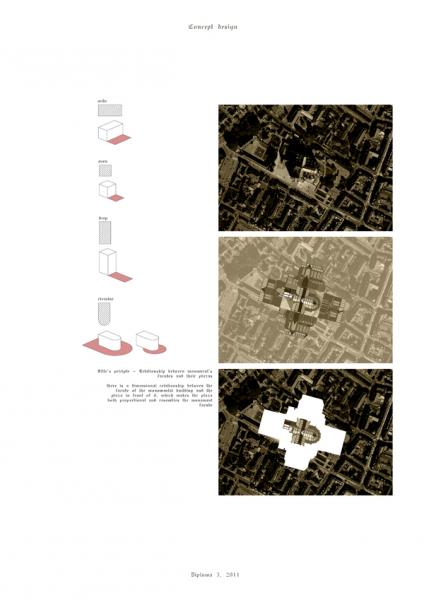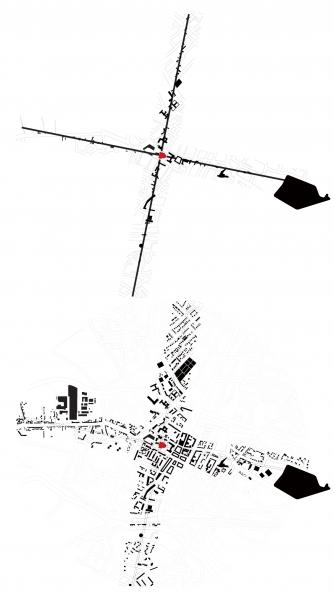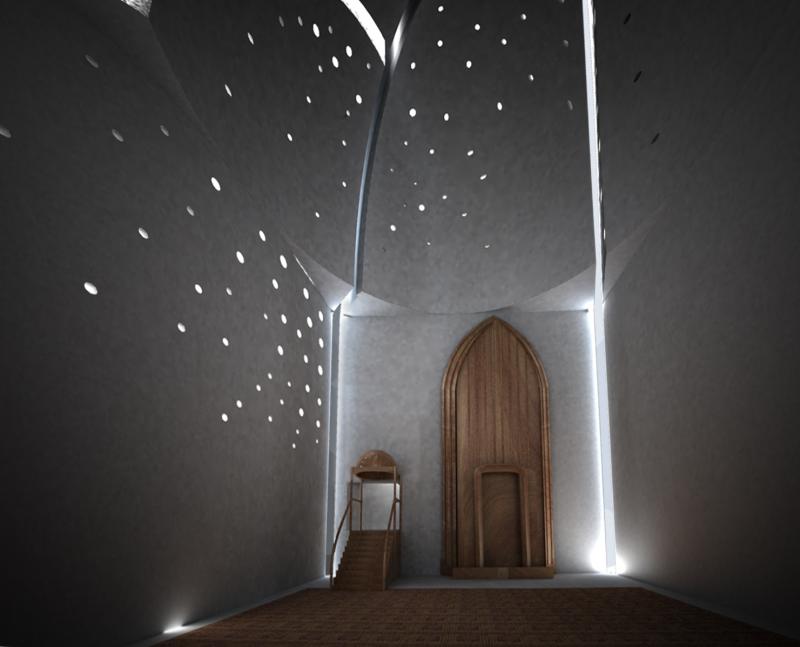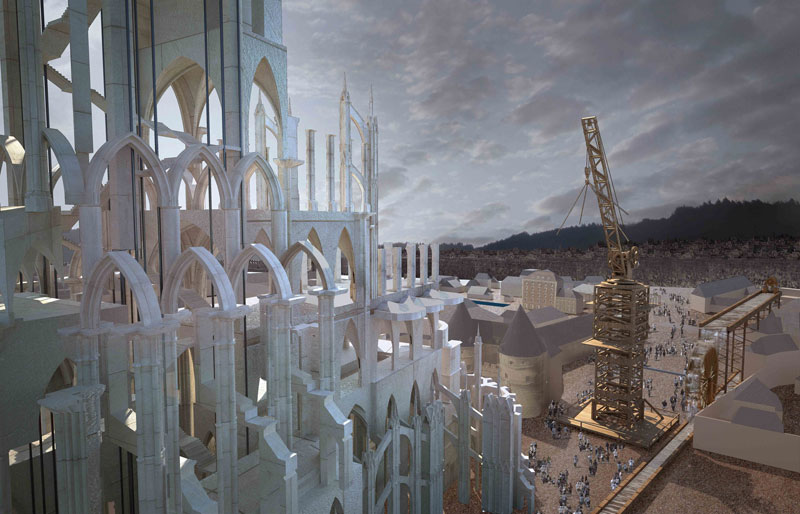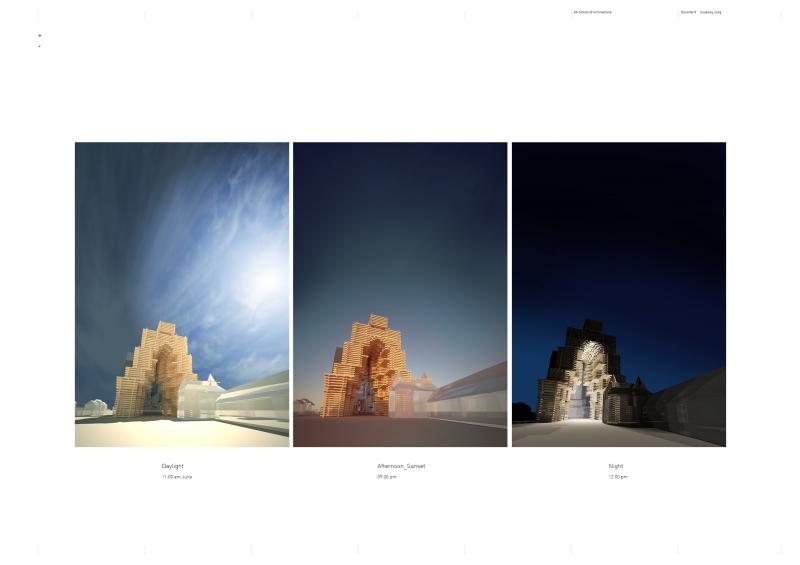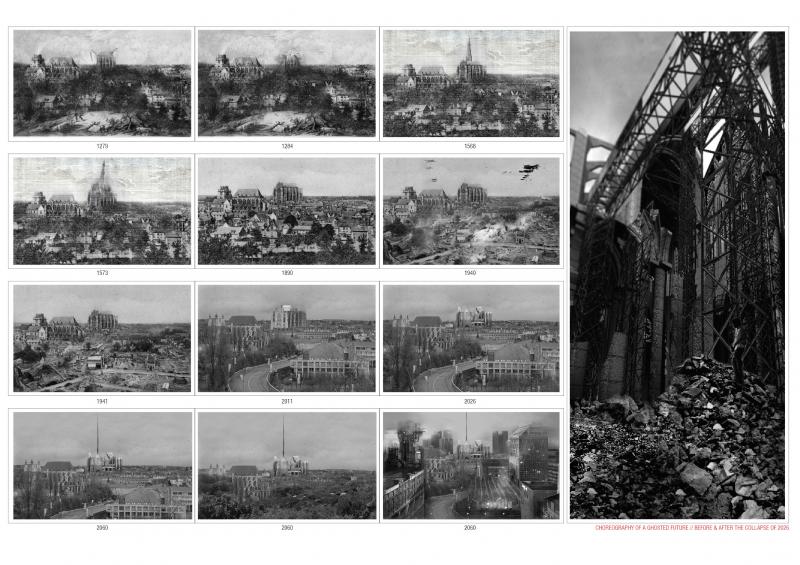Completing Beauvais Cathedral
Saint-Pierre cathedral in Beauvais, Normandy, is the tallest Gothic structure ever attempted. The monument collapsed twice during construction, and was eventually left abandoned in 1573 after the spire fell down just a few days after its completion. Today, only the choir and transept survive. Our interest in the monumentality of this building fragment resided in its odd proportionality, the radicalism, courage and ingenuity of the visionaries who designed and built it, and the fact that this abandoned super-cathedral epitomises the abrupt yielding of the Gothic to a revival of the classical.
The brief for Diploma 3 this year was to complete this fragmented cathedral in a contemporary and secular way and to reinvent its immediate urban context. In the ambition of this task, history was not seen as a ‘closed book’ but was valued as a complex, inspirational source for resolving many of today’s major architectural problems, such as the lack of urban complexity, the meagreness of public spaces and the loss of material quality and craftsmanship. Through this lens we allow history to act as a mirror for understanding and questioning our own design positions.
By reimagining sacred space as civic space, the project tapped into important contemporary questions of socio-cultural transformation and the complicity of architectural discourse within this renewal.
Over a series of preliminary experiments, students explored issues of incompleteness, structural and tectonic innovation, scale and context, and typology and function – echoing John Ruskin’s 1849 essay ‘The Seven Lamps of Architecture’. Underpinning all of these studies were the students’ own observations of other great French and English cathedrals as much as investigations into the writings and theories of the Gothic Revival.
With a focus on conceptual rigour and experimental buildings, the unit was not interested in imitating any particular architectural style. Instead, it aimed for inventive, diverse and unprecedented solutions, and for architectural form to emerge not in anticipation of these processes but as their compelling result.
